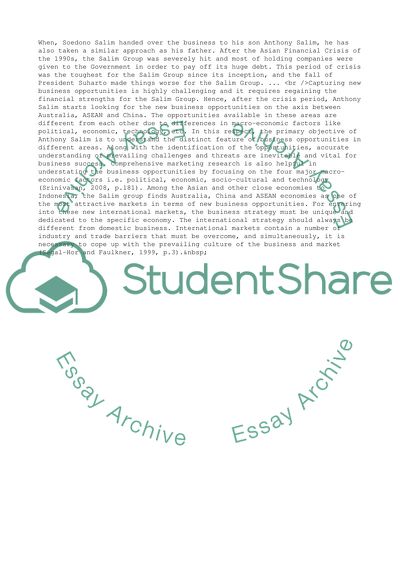Cite this document
(International Business Strategy Assignment Example | Topics and Well Written Essays - 3000 words, n.d.)
International Business Strategy Assignment Example | Topics and Well Written Essays - 3000 words. https://studentshare.org/business/1425289-international-business-strategy
International Business Strategy Assignment Example | Topics and Well Written Essays - 3000 words. https://studentshare.org/business/1425289-international-business-strategy
(International Business Strategy Assignment Example | Topics and Well Written Essays - 3000 Words)
International Business Strategy Assignment Example | Topics and Well Written Essays - 3000 Words. https://studentshare.org/business/1425289-international-business-strategy.
International Business Strategy Assignment Example | Topics and Well Written Essays - 3000 Words. https://studentshare.org/business/1425289-international-business-strategy.
“International Business Strategy Assignment Example | Topics and Well Written Essays - 3000 Words”. https://studentshare.org/business/1425289-international-business-strategy.


